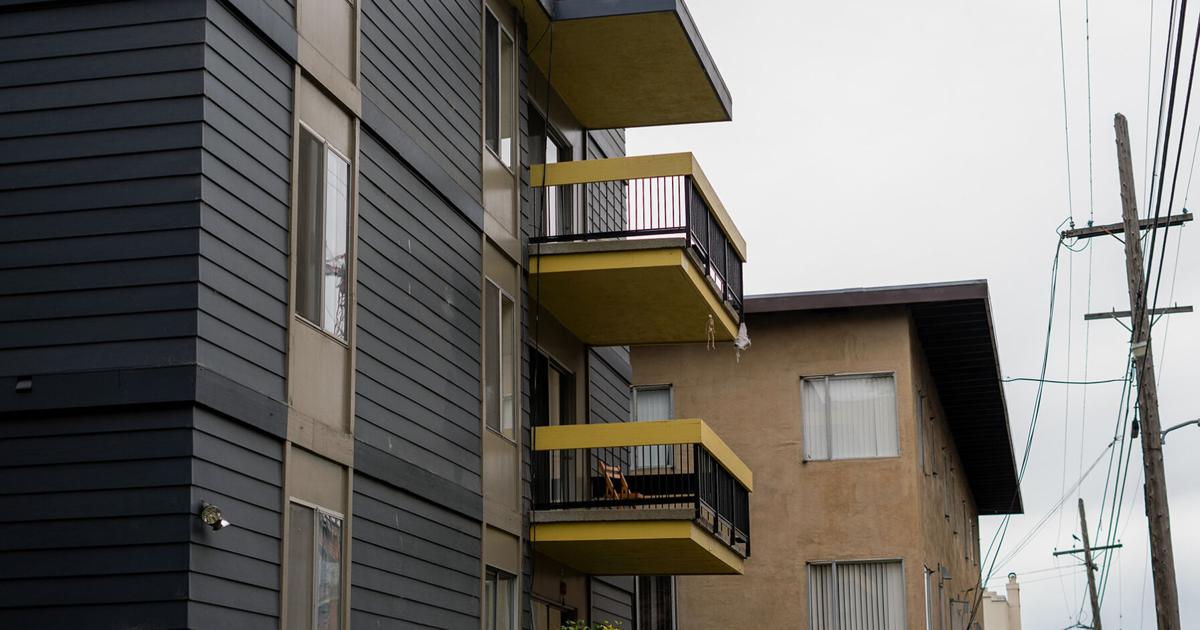As of Nov. 1, “middle housing” upzoning changes are in effect across. This policy allows for housing units that reach up to three stories and eight units to be built in all mainly residential neighborhoods, aside from fire hazard areas in the Berkeley Hills, according to a press release from the city.
After a council referral in 2019, the Berkeley Planning Commission elaborated the “middle housing” amendment and recommended it to the City Council this June.The council unanimously approved the ordinance June 26 and a supplemental increasing density to 70 dwelling units per acre July 8.
“I think this is the best way to provide entry-level homeownership opportunities for starter homes in Berkeley,” said Ben Metcalf, campus professor and managing director of the campus Terner Center for Housing Innovation.
East Bay Yes In My Back Yard, or YIMBY, chapter lead Sarah Bell agreed that middle-class, first-time homebuyers will benefit the most from the policy.
Dean Metzger, a founding member of Berkeley Neighborhoods Council, said he is worried that “middle housing” will change the appearance of neighborhoods by adding “modern, square, ugly apartment buildings” without neighborhood consultation. East Bay for Everyone and Planning Commission member Alfred Twu said the policy took this concern into account and kept the existing three-story height limit.
“The YIMBYs want it and the YIMBYs now run our city, so that’s why the policy is there,” Metzger said.
“Middle housing” policy can also interact with the California State Density Bonus Law, which allows construction past zoning regulations for buildings with higher percentages of affordable units, and legislation on accessory dwelling units, or ADUs, according to Twu.
“Even if the zoning was eight units, you could then add on eight more units with the density bonus and then you could also add eight more ADUs,” Twu said.
The Berkeley Tenants Union believes that upzoning increases property values and needs to be matched with guarantees for “100% permanently affordable housing developments.” Metzger and the Berkeley Tenants Union said “middle housing” prioritizes developers’ financial interests.
According to Metcalf, the scale of “middle housing” across the city prevents this effect and will reduce the price of individual units for sale or for rent. A February 2025 report from YIMBY Law highlighted that full affordability requirements disincentivize development and result in minimal additional housing overall.
“For a parcel to turn into middle housing, it has to be just the right combination of valuable land and not a particularly expensive building that is worth replacing,” Bell said.
Metcalf and Twu nuanced that large companies would not be interested in this smaller-scale construction and smaller construction businesses benefit more from the policy.
Twu added that “middle housing” simplifies the process of securing construction permits through zoning certificates. As long as permit applicants meet a checklist of standards, the city can approve construction in a month rather than six to 15 months, according to the city’s press release.
“I think it is an important part of a package of solutions that needs to happen to address the housing crisis,” Metcalf said. “It really only makes sense if you think of it as just one part of several other things like other investments into subsidized affordable housing, like trying to figure out how to unlock more development in commercial corridors, like addressing the needs of additional student housing on campus.”
Metcalf and Twu cautioned that development under “middle housing” is likely to progress slowly because of the “niche” developers who would be interested in construction. Bell said she believes the policy will need to be adapted once we see its practical impact.
Bell and Twu described “middle housing” as a “return” to pre-1970s regulations before Berkeley became the first city in the country to implement racially-restrictive single-family zoning.
“We have to end single family zoning so that we can affirmatively further fair housing and make starter homes for young families to raise kids where these kids will see these benefits decades down the line,” Bell said.

